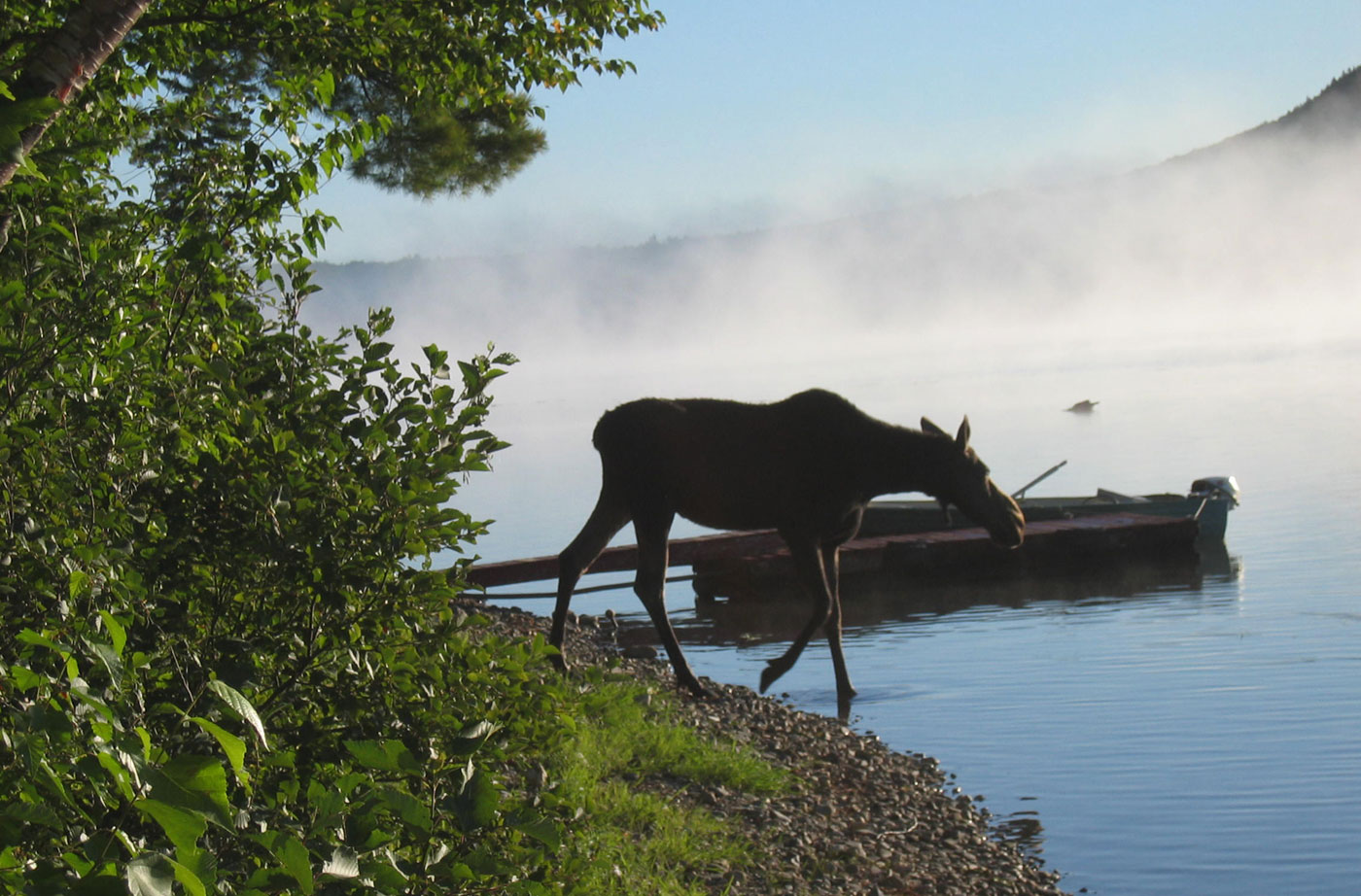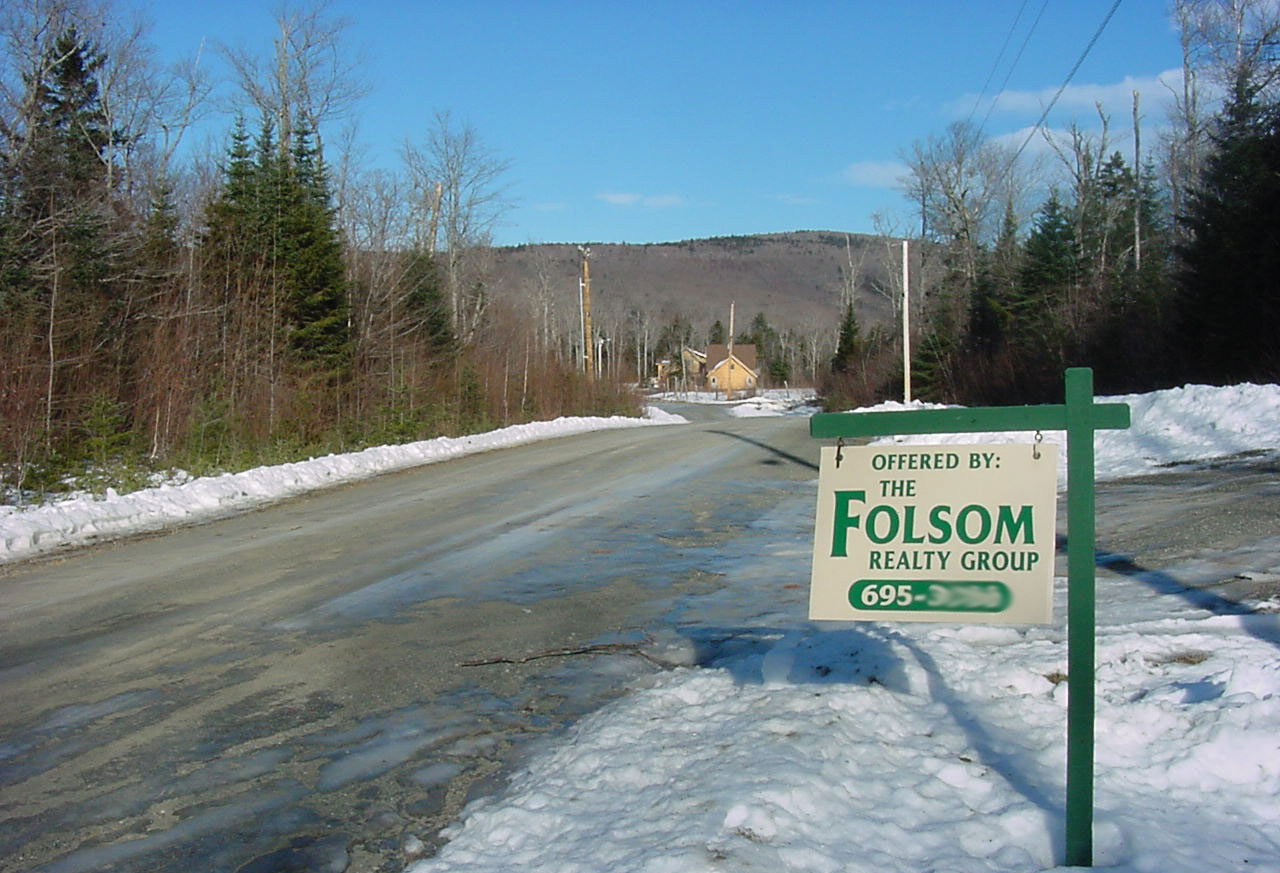One sure thing about 2020 is this: Maine real estate was red hot. Driven at least in part by the pandemic and its side effects, the Maine Association of Realtors reported that home sales and prices set records in 2020, including in rural and northern Maine. Real estate transactions were up 39.14% in Washington County, 34.85% in Aroostook County, and 31.69% in Piscataquis County. According to the Land Use Planning Commission (LUPC), building permits in the Unorganized Territories (UT) dramatically increased from the year prior as well. The LUPC concluded that applications
- for all residential development increased by 26%;
- for new residential permits increased by 47%;
- for new, expanded, or relocated garages increased by 60%; and
- for new, expanded, or relocated accessory structures increased by 96% in 2020 compared to 2019.
These surprising spikes reinforce the important role the Natural Resources Council of Maine (NRCM) plays in protecting natural resources and encouraging sustainable development in Maine’s North Woods.

Moose in the Moosehead region by Jason Heindel
Development and real estate interest in Maine have steadily increased since the 1980s, but last year the bump was marked. If you live in Maine, you probably noticed this yourself by seeing homes selling within days or even hours of being on the market, properties being sold for far above the listing price, and new neighbors moving in from out of state. In some areas, seasonal homeowners turned their houses into year-round residences. Clearly, the ability to work from home and in such close proximity to stunning natural places played a part in driving last year’s banner real estate year.
The increased development pressure facing Maine underscores the importance of smart planning that balances protection of our unique natural resources with sustainable development, especially in existing communities. Our work to monitor the LUPC’s work has become even more critical than it was before because of the impact these decisions can have in controlling development.
NRCM serves a lead role in watchdogging the LUPC to monitor plans and proposals for misplaced or excessive development and to ensure the protection of the natural resources and scenic character of the North Woods. These resources support major industries of the state’s nature-based economy and are part of Maine’s identity. NRCM has been tracking the adjacency rule and all major LUPC projects, like the Moosehead Region Planning Project, for years.
The adjacency rule is an initial screening the LUPC uses to determine whether a location is appropriate for development. Despite overwhelming opposition from Maine people and NRCM, the agency amended the longstanding “1-mile rule” in 2019 and approved a new rule that designates “primary and secondary locations” where certain development is allowed within a 7-mile radius of 39 rural hubs throughout the UT. Though the LUPC said the new rule is intended to prevent sprawl, it made more than one million acres vulnerable to development that hadn’t been under the previous rule. The LUPC has committed to periodically evaluating the effects of the rule changes and wrote a Work Plan that outlines how they’ll do so. NRCM will be tracking the LUPC’s implementation of the adjacency rule at every step of the way. As a first step, we offered suggestions for what information the LUPC should gather to conduct its evaluation, and we will monitor implementation of the Work Plan.

NRCM file photo
One of the areas of Maine that drew a lot of new buyers in 2020 is the Moosehead Lake region. Homes that had been on the market for years were snatched up, and some buyers paid handsomely for their slice of a truly special part of the state. It is therefore timely that the LUPC is overseeing a regional planning project for the Moosehead Lake region. A process that began a couple months after the LUPC voted to terminate the Plum Creek Concept Plan, the LUPC is collecting stakeholder and community input to determine how to rezone nearly 17,000 acres around the lake that were slated for development under the former concept plan. The planning process could heavily influence the future of the region, based on where protection, management, and development zones are placed. The level of real estate interest in 2020 should signal to the LUPC that this region will continue to be a desirable location because of its quality of life and natural and scenic character. It’s perfect timing to be carrying out a forward-looking process to determine what the community and stakeholders want the region to look like in the next 5, 10, and 20 years.
Maine will continue to be a desirable place to live and work, especially because iterations of working from home are here to stay, and the dangers and expenses associated with climate change are likely to drive some people to seek out places with milder temperatures.
Growth in Maine’s real estate market can bring a lot of positives, like new neighbors from different diverse backgrounds; a stronger, more diverse workforce, and more economic activity. However, the LUPC and other regulatory agencies must guide development in intentional ways to avoid sprawl and habitat fragmentation, while protecting wildlife and natural resources and allowing for economic growth opportunities. The message from 2020 is that development pressure is heightening in Maine. Going forward, we must be prepared to manage it in order to protect the very qualities that are so desirable. Mainers and the natural resources upon which we all depend and appreciate so much will be better off for it.
—Melanie Sturm, NRCM Forests & Wildlife Director











That was a Great post, Melanie. Up here in Greenville houses and lots for sale for decades were snapped up and simple modest camps sold for over $300,000! Never seen anything like it. Now National realtors like Century 21 and aggressive developers are seriously trolling for lands to move into lots. And a significant increase in No Trespassing and Posted signs. Many new owners from away staking out even large ownerships as if a suburban enclave. Serious real estate pressure. Serious fragmentation threatens. Seven miles out will get eaten up quickly. Thanks for your work. Sandy Neily